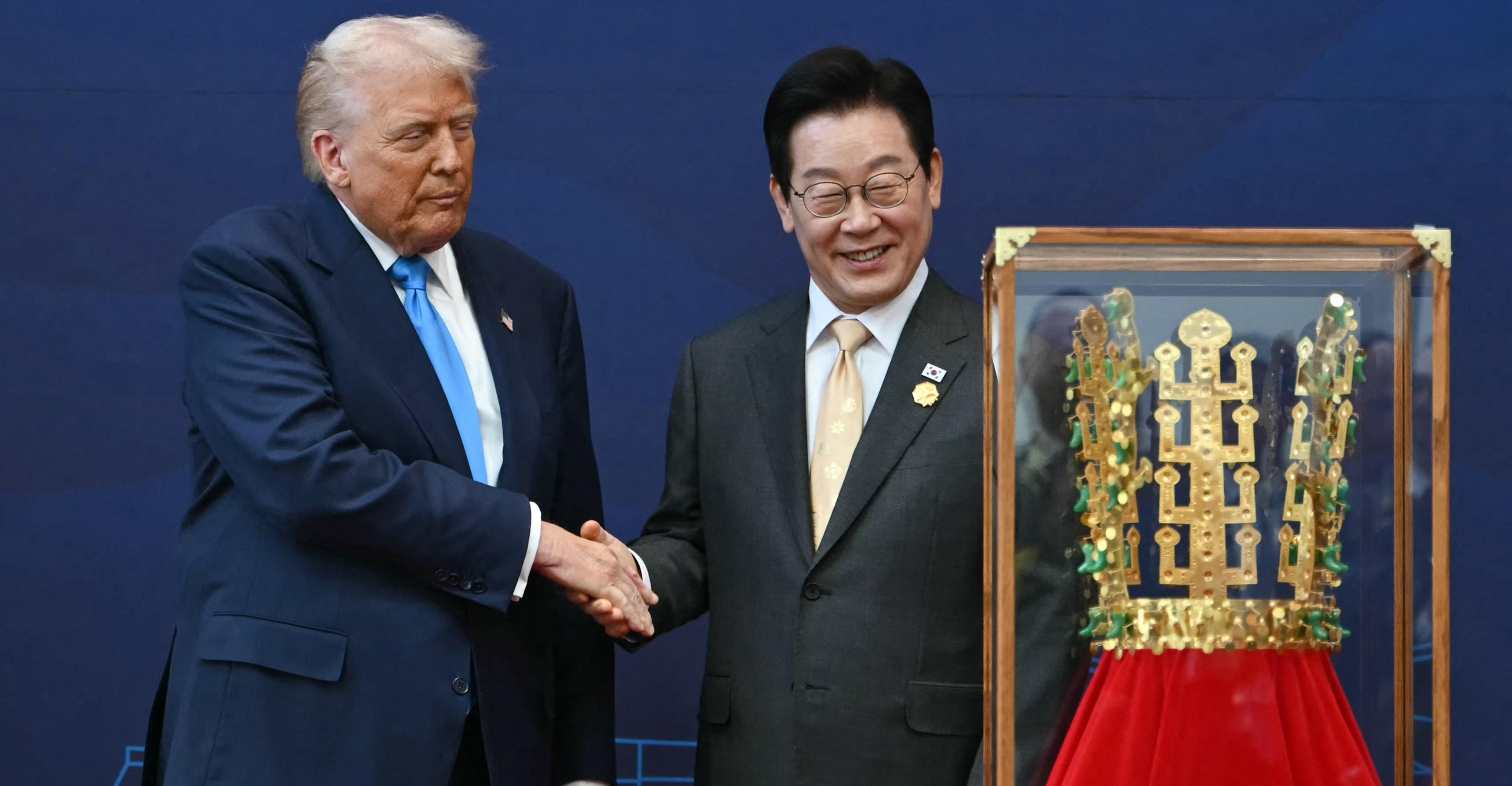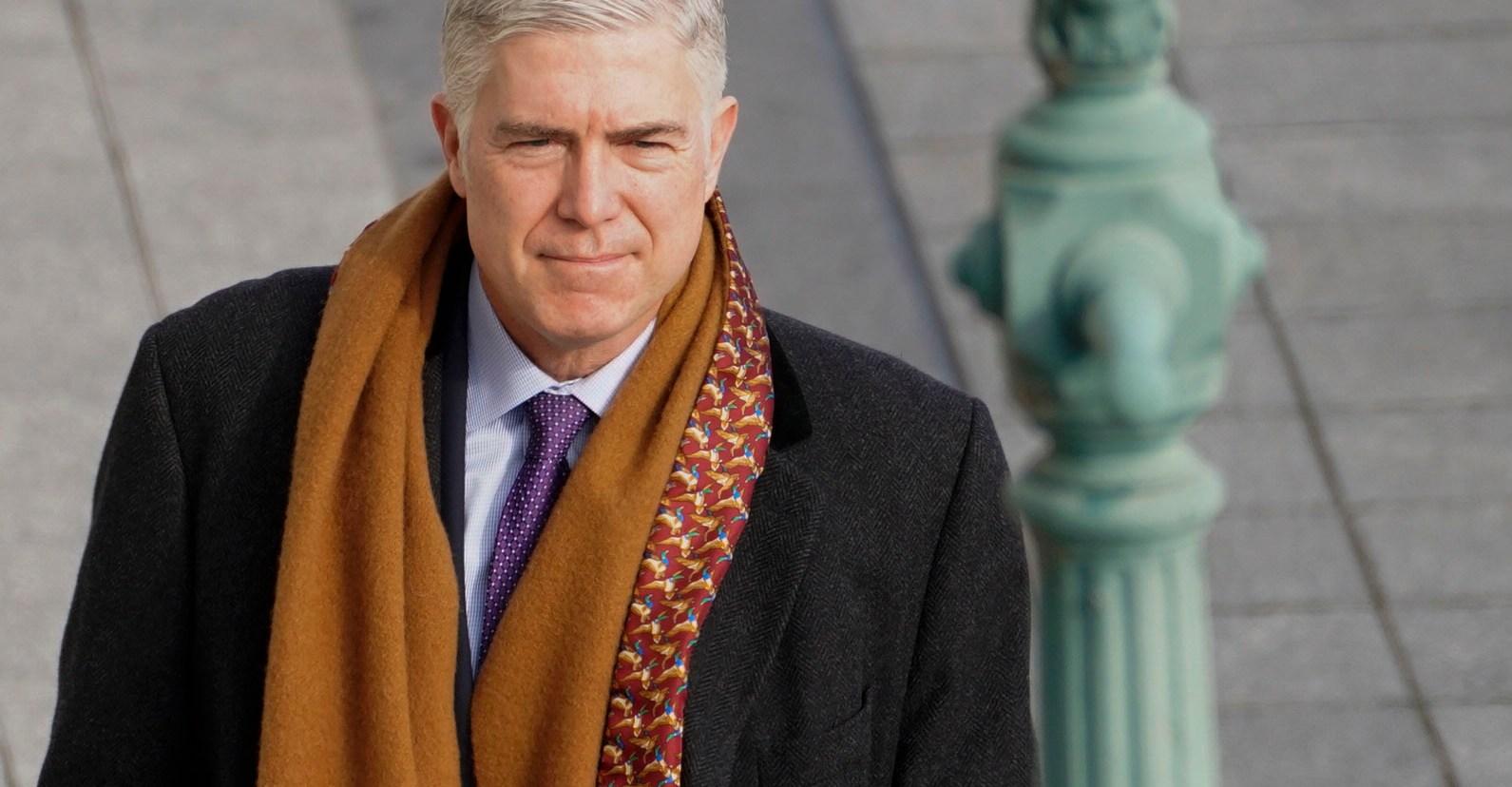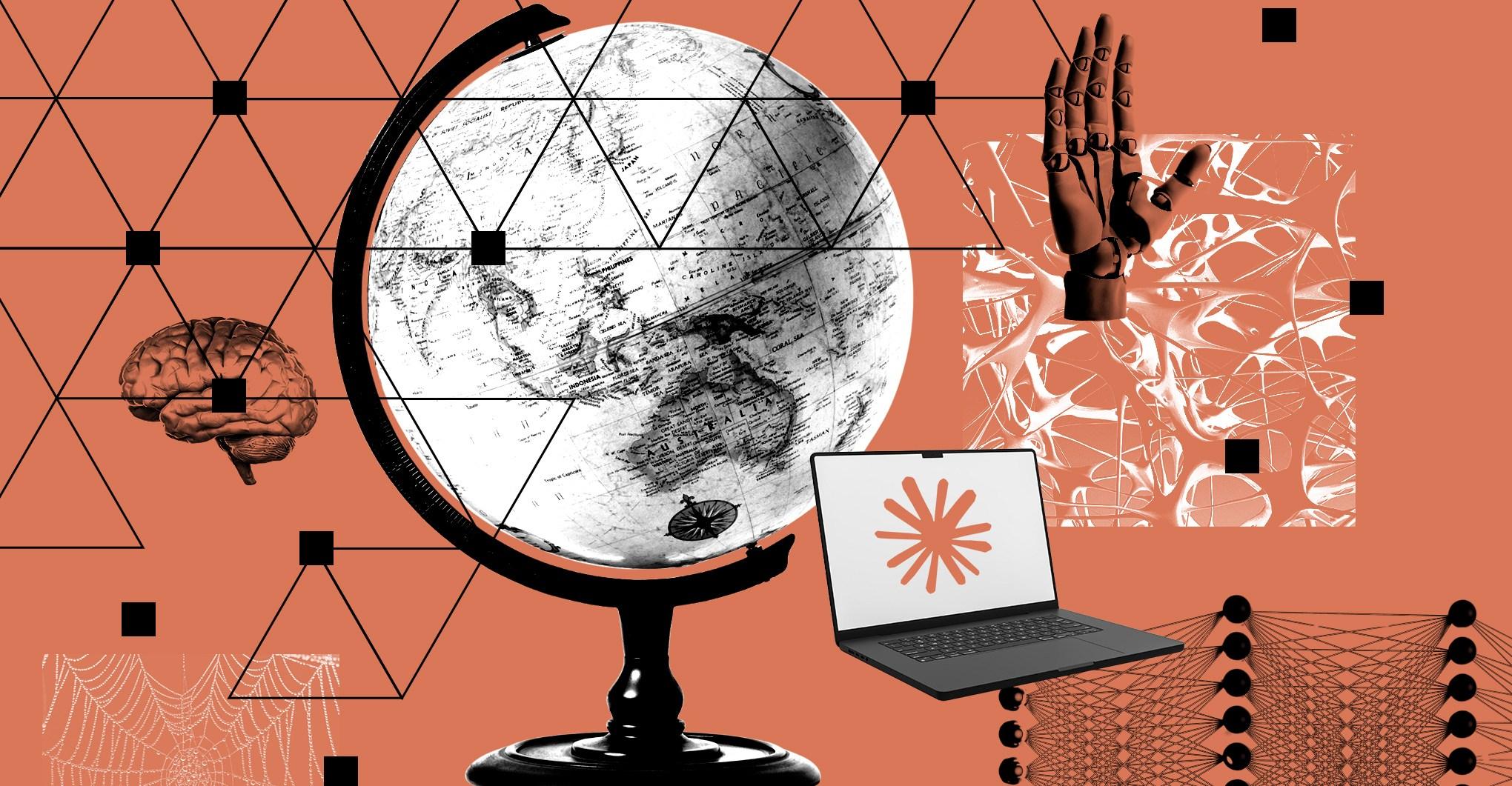In Ezra Klein and Derk Thompson’s new book Abundance — which maybe you’ve heard of — they tell the story of Katalin Karikó, the Hungarian American scientist whose work ultimately led to the mRNA Covid vaccines. When the research center she was working for in …

Published 8 months ago on Apr 11th 2025, 7:00 am
By Web Desk

In Ezra Klein and Derk Thompson’s new book Abundance — which maybe you’ve heard of — they tell the story of Katalin Karikó, the Hungarian American scientist whose work ultimately led to the mRNA Covid vaccines.
When the research center she was working for in Hungary lost its state funding in the early 1980s, Karikó left her homeland, selling her car for 900 British pounds and sewing the cash into her daughter’s teddy bear so her family had something to live on. Like countless other researchers around the world, she found her way to the country where a scientist had the best chance of finding the funding and support to further their work: America.
Thompson and Klein, one of Vox’s founders, mostly use Karikó’s story to illustrate the way risk aversion holds back science. Karikó was convinced that mRNA could be harnessed for new kinds of treatments and vaccines, but she experienced rejection after rejection from short-sighted grantmakers at the National Institutes of Health (NIH). It was only when the Covid pandemic struck that the enormous value of Karikó’s mRNA work was finally recognized. The mRNA vaccines ultimately saved as many as 20 million lives in just one year, and Karikó won the Nobel Prize for Medicine in 2023.
But wind the tape back.
Even before her years of rejection in American academia, had Karikó never been able to immigrate, she might never have been in a position to further her research in the first place. Perhaps we never would have had the mRNA vaccines — or even if we had, they would have been the product of another nation, one that would have reaped the benefits that ultimately went to the US.
Instead, Karikó is one of a long line of foreign scientists, with the support of America’s unparalleled university system and government support, achieved greatness that benefited her and her adopted country. The US has won more Nobel Prizes in the sciences than any other country by far, and immigrant scientists won more than a third of those Prizes, a proportion that has only increased in recent years.
America has become a scientific colossus not just because it has spent more than any other nation on research and development, but because it made itself a magnet for global scientific talent, from superstar researchers to lowly junior scientists like Karikó. That, in turn, has translated to enormous economic benefit. According to one study, government-funded research and development has been responsible for 25 percent of productivity growth since the end of World War II.
Now the Trump administration is working to destroy all of that through catastrophic funding cuts and blatantly nativist immigration policies. And the result will be nothing less than an act of national suicide.
That’s what the money’s for
There has been no shortage of coverage of the funding cuts that Elon Musk’s Department of Government Efficiency has demanded of US science. The NIH announced in February that it would slash the indirect costs it covers for academic research, which would result in a cut of some $4 billion from the NIH’s roughly $50 billion budget; more cuts were announced later. Hundreds of grants that go to research in fields the Trump administration seems to believe are controversial — like HIV — have been outright canceled. Thousands of government scientists in agencies like the Centers for Disease Control and Prevention and the Department of Health and Human Services have been fired. Universities are seeing hundreds of millions in grants for scientific research threatened over campus policies.
This is very bad. Sheer dollar power has always been a key ingredient in American scientific dominance, going back to the country’s enormous advances during World War II. (As important as geniuses like J. Robert Oppenheimer were to the development of the atomic bomb, the US ultimately got there first because it had the resources, as the physicist Niels Bohr put it, to turn the entire country into a factory for nuclear material.) Universities have already resorted to hiring freezes to cope with the cuts, and some are even rescinding admissions offers to PhD students. Some young scientists may simply leave the field altogether, potentially robbing us of future Karikós.
But there has already been some success in pushing back against these cuts. On Friday, a federal judge permanently barred the Trump administration from limiting funding from the NIH to support academic research, though the ruling is almost certain to be appealed. And even if funding is cut, future administrations could restore it, while alternative sources of money can be found in the interim. What the Trump administration is doing with funding is a body blow to American science, but doesn’t have to be a fatal one.
What is happening with immigration policy, however, is another matter altogether.
Killing the golden goose
The Trump administration has made no secret of the fact it is deliberately targeting foreign students in the US that have been involved — sometimes only peripherally — in pro-Palestinian protests. Mahmoud Khalil, a green-card holder from Algeria who was a grad student at Columbia University, is currently sitting in custody in Louisiana after his arrest by Immigration and Customs Enforcement agents. Another international student, Rümeysa Öztürk of Tufts University, was arrested and scheduled for deportation, apparently for the crime of co-writing a newspaper op-ed criticizing Israel’s actions in Gaza.
But those are just the most high-profile cases. The New York Times reported this week that nearly 300 international students at universities around the US have had their visas suddenly revoked and could face deportation. (That figure could be higher when you read this — every time I clicked on the headline yesterday, the number of visas revoked went up.) There have also been reports of harassment and detainment of foreigners legally crossing the US border, which adds to a state of fear for any noncitizens.
A few hundred students may not seem like that much, given that the US granted more than 400,000 visas in 2024 alone. But the message from the administration, which is also apparently scouring student visa applicants’ social media for evidence of “hostile attitudes” toward America or Israel, is clear: We don’t want you here. And students and scientists are listening.
In a recent poll by the journal Nature of more than 1,200 scientists in the US, three-quarters said they were considering leaving the country. This was especially true of the young scientists who are set to form the next vanguard of American research. Foreign scientists who might otherwise come to the US for conferences or short-term positions are rethinking those plans, afraid — with reason — they might end up inside an ICE detainment facility. Other countries like China and Canada are already making overtures to scientists in the US, because they’re smart enough to grab an opportunity when they see one. As one recent Times opinion piece put it, the Trump administration’s actions “could mean America’s demise as the most powerful force for innovation in science, health and technology in the 21st century.”
Could they be replaced by American students? Don’t bet on it.
In 2017, international students accounted for 54 percent of master’s degrees and 44 percent of doctorates granted that year in STEM fields. For some especially important subjects, the percentage is even higher: In 2019, 72 percent of graduate students in computer science were international. At the same time, the number of native-born Americans enrolling in STEM programs has remained stagnant. American students scored lower than their counterparts in 36 other educational systems on international math tests in 2018, and only one in five college-bound American high school students is considered ready for college-level STEM courses.
To push out foreign scientists who are here and shut the door to those who would come would cause incalculable damage to the US. Jeremy Neufeld of the Institute for Progress has called the recruitment of brilliant immigrant scientists to the US the “secret ingredient” in American dynamism. A 2022 study found that immigrants have accounted for 36 percent of total innovation in the US since 1990, as measured through patents, while more than half of the billion-dollar US startups over the last 20 years have an immigrant co-founder.
And now, apparently, we don’t want them anymore.
Destroying our future
A boutique industry has emerged recently trying to make sense of the seemingly senseless actions of Trump and Musk. One theory is that Musk is doing what he often did at his companies: cutting things to the bone, and then adjusting as he sees what breaks.
This can work — Musk didn’t build multibillion-dollar companies like Tesla and SpaceX by accident — but it depends on being able to see the effects of what is cut immediately, through a fast information feedback loop. If Musk makes a change to a SpaceX rocket and it blows up, well, there’s his answer.
But as Klein said on a recent podcast, “the government doesn’t have very fast feedback loops.” And that’s especially true for something as long-term as science funding and talent.
Katalin Karikó came to the US in 1985, but it wasn’t until 35 years later that her true value as a scientist was borne out. We may not immediately feel the impact of fewer foreign scientists coming to the US and staying here, but the impact is real. We’ll feel it when we see scientists in other countries take home Nobel Prizes, when China laps us in vital fields like biotechnology and AI, when we struggle to find the people and the ideas that can create the next world-beating companies. We’ll feel it when America becomes just another country.
A version of this story originally appeared in the Future Perfect newsletter. Sign up here!
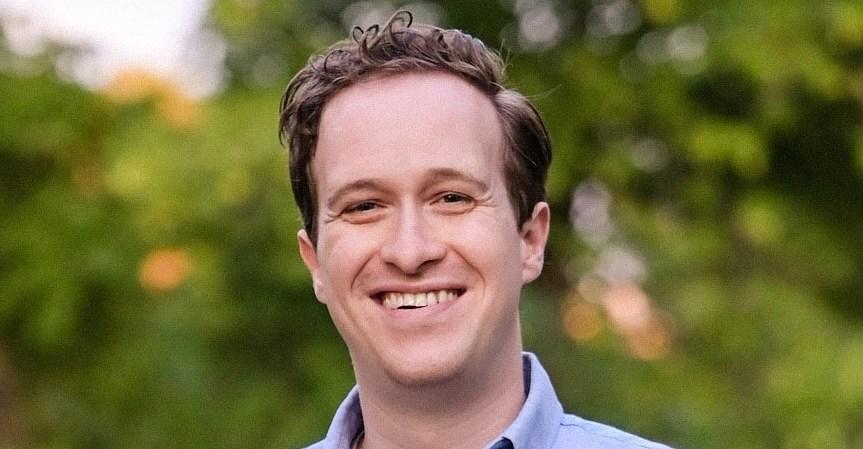
AI ‘creators’ might just crash the influencer economy
- 35 minutes ago

OpenAI says it’s disabled ad-like app promotions in ChatGPT
- 35 minutes ago

Skateboarding is better in hell
- 35 minutes ago

Indonesian President,Field Marshal discuss regional security
- 11 hours ago
UK deports Pakistani YouTuber Rajab Butt
- 10 hours ago

Meta could axe up to one-third of its ‘metaverse’ budget next year
- 16 hours ago

The Verge subscription turns one
- 35 minutes ago

Analogue is restocking its 4K N64 and making it more colorful
- 35 minutes ago

Pakistan, Indonesia reaffirm to further strengthen cooperation in all areas of mutual interest
- 11 hours ago
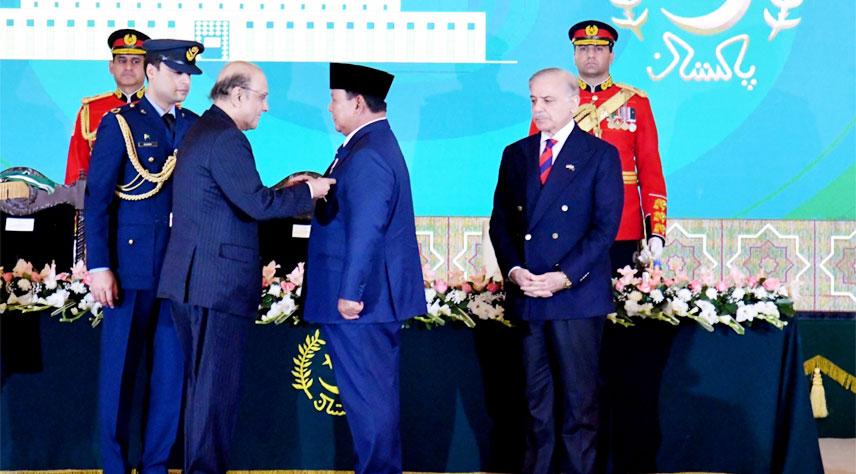
President confers Nishan-e-Pakistan on Indonesian President
- 7 hours ago

Govt does not believe in using NAB for political vendetta: PM Shehbaz
- 8 hours ago

Genki’s colorful, powerful power strip is 25 percent off
- 35 minutes ago
You May Like
Trending

